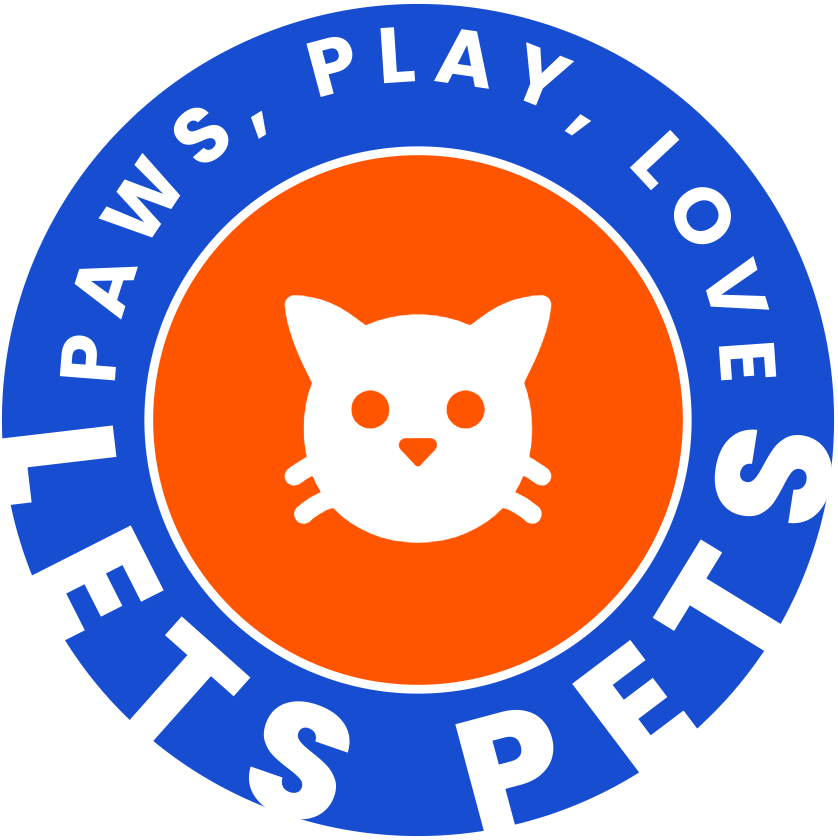Introduction: Navigating Pet Parenthood in a High-Inflation World
Our pets are cherished members of the family, bringing immeasurable joy and companionship to our lives. But as the cost of living rises, so does the expense of providing them with the care they deserve. Inflation affects everything from a bag of kibble to essential veterinary services, putting a strain on household finances. This guide is designed to provide practical, actionable strategies for managing pet-related expenses. The goal isn’t to cut corners on their wellbeing, but to become a smarter, more efficient pet owner. With careful planning and a proactive mindset, you can continue to provide exceptional care for your furry friend without breaking the bank.

The Foundation: How to Create a Realistic Pet Budget
Before you can save money, you need to understand where it’s going. A dedicated pet budget is the single most powerful tool in your financial arsenal. It transforms vague worries about costs into a clear, manageable plan.
- Track Every Rupee, Dollar, or Pound: For one full month, diligently track every single pet-related purchase. Use a notebook or a simple spreadsheet. This includes food, treats, toys, vet visits, medications, grooming, and even that “just because” bandana.
- Categorize Your Spending: Group the expenses into logical categories. Common categories include:
- Fixed Costs: Pet Insurance, Monthly Flea/Tick/Worm Medication, Prescription Diets.
- Variable Costs: Food & Treats, Toys, Grooming Supplies, Veterinary Check-ups.
- Emergency Fund: A separate savings account for unexpected illnesses or accidents.
- Analyze and Set Limits: Review your spending. Are you surprised by how much you spend on treats or toys? This is where you can identify areas to trim. Set realistic monthly spending limits for your variable categories and, most importantly, commit to contributing a set amount to your pet’s emergency fund each month.
Strategic Savings on Pet Food and Nutrition
Food is often the largest recurring expense. While you should never compromise on quality nutrition tailored to your pet’s needs, there are many ways to save.
- Buy in Bulk: Larger bags of pet food almost always have a lower cost per unit. While the upfront cost is higher, the long-term savings are significant. You can easily calculate the value: Cost per Kilogram=Total Kilograms in BagTotal Price
- Subscribe and Save Programs: Many online retailers and pet stores offer a discount (typically 5-15%) if you subscribe to automatic deliveries. This not only saves money but also ensures you never run out of food.
- Loyalty and Reward Programs: Sign up for every loyalty program offered by your favourite pet stores. These often lead to coupons, cashback rewards, and exclusive sale access.
- Avoid Marketing Gimmicks: Fancy packaging with terms like “ancestral” or “gourmet” doesn’t always equate to better nutrition. Learn to read the ingredients list. A food with high-quality protein sources (like chicken, beef, or fish) listed as the first few ingredients is often a better choice than a grain-heavy food with a fancier label.
- DIY Healthy Treats: Bake your own simple dog or cat treats using pet-safe ingredients like pumpkin purée, sweet potatoes, oats, and peanut butter (ensure it contains no xylitol). It’s cheaper and you control the ingredients.
Proactively Managing Veterinary and Healthcare Costs
Veterinary bills can be unpredictable and are a major source of financial anxiety for pet owners. A proactive approach is the key to managing these costs.
- Prioritize Preventative Care: The old adage “an ounce of prevention is worth a pound of cure” is especially true for pets. Keeping up with annual check-ups, vaccinations, dental care, and parasite prevention is far cheaper than treating a serious, preventable illness down the road.
- Seriously Consider Pet Insurance: For a monthly premium, pet insurance can protect you from catastrophic costs associated with accidents and major illnesses. Research different plans—some cover accidents only, while others are comprehensive. It’s a safety net that can prevent you from having to make a heartbreaking decision based on finances.
- Ask About Payment Plans: If faced with a large, unexpected bill, don’t be afraid to ask your vet if they offer in-house payment plans or work with third-party financing services like CareCredit.
- Shop Around for Prescriptions: If your pet needs a long-term medication, ask your vet for a written prescription. You can often find the same medication for a lower price at a human pharmacy (like Costco or Walmart) or through a certified online pet pharmacy.
Cutting Costs on Supplies, Toys, and Grooming
This is a category with significant flexibility for savings.
- Embrace DIY: You can learn to perform basic grooming tasks at home, such as nail trimming, brushing, and bathing. Professional grooming can be reserved for more complex needs or as an occasional treat.
- DIY Toys and Enrichment: A simple cardboard box can be a cat’s castle. An old t-shirt braided into a rope makes a fantastic tug toy for a dog. Enrichment doesn’t have to be expensive.
- Shop Sales and Second-Hand: Look for holiday sales to stock up on non-perishable items like poop bags, litter, and shampoo. For expensive, durable items like crates and carriers, check local marketplaces and second-hand stores. Just be sure to thoroughly sanitize any used items.
Smart Alternatives for Pet Services and Enrichment
Costs for services like dog walking, pet sitting, and daycare can add up quickly.
- Form a Co-op: Connect with trusted neighbours, friends, or family members who also have pets. You can create a pet-sitting or dog-walking swap, trading services instead of paying for them.
- Free and Low-Cost Enrichment: A walk in a new neighbourhood, a trip to a dog-friendly park, or playing scent games at home (hiding treats for your pet to find) are all free ways to provide mental stimulation.
- Group Training Classes: Group obedience classes are far more affordable than one-on-one private training and provide the added benefit of socializing your pet.
Conclusion: Quality Care is About Planning, Not Price Tags
Managing pet expenses during a period of inflation requires a shift in strategy, not a reduction in love or care. By creating a detailed budget, prioritizing preventative health, and making savvy choices on food and supplies, you can successfully navigate economic pressures. Being a responsible pet owner is about providing a safe, healthy, and enriching life for your companion. With the right plan, you can uphold that commitment and build a secure future for you and your beloved pet, no matter the economic climate.
Frequently Asked Questions (FAQs)
1. Is pet insurance really worth the monthly cost? For many, yes. While it’s a monthly expense, it acts as a crucial buffer against unexpected veterinary bills that can run into the thousands. It’s best to get it when your pet is young and healthy, as pre-existing conditions are typically not covered. Evaluate your personal financial risk tolerance to decide if it’s right for you.
2. How can I save money on my pet’s prescription medications? Always ask your veterinarian if a generic version of a medication is available. Additionally, ask for a written prescription that you can shop around at different pharmacies, including online pet pharmacies and even large big-box stores, which often have lower prices.
3. Is it safe to make my own pet food at home to save money? While it can seem cheaper, crafting a nutritionally complete and balanced diet at home is extremely difficult and risky without expert guidance. A poorly balanced diet can lead to severe health problems. It’s generally safer and more effective to find a high-quality commercial food that fits your budget rather than attempting to formulate your own.
4. What is the single biggest thing I can do to reduce long-term pet expenses? Focus on preventative healthcare. This includes annual wellness exams, staying current on vaccinations and parasite control, and maintaining a healthy weight and good dental hygiene for your pet. Preventing disease is always less expensive and better for your pet than treating it.
